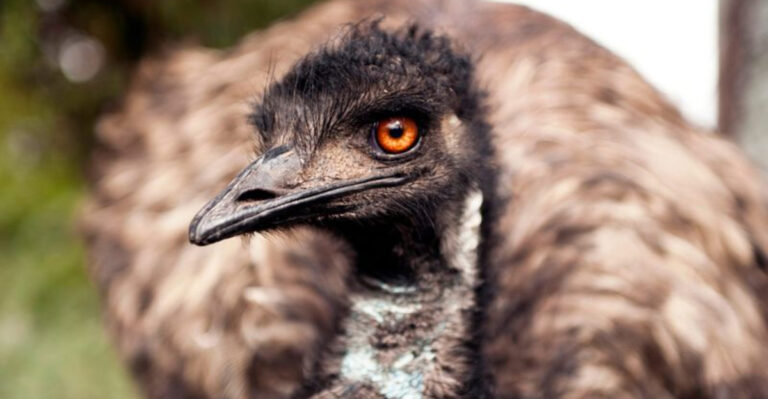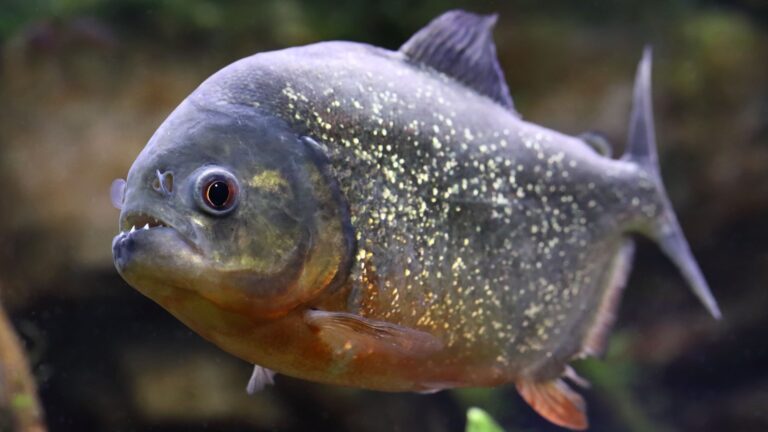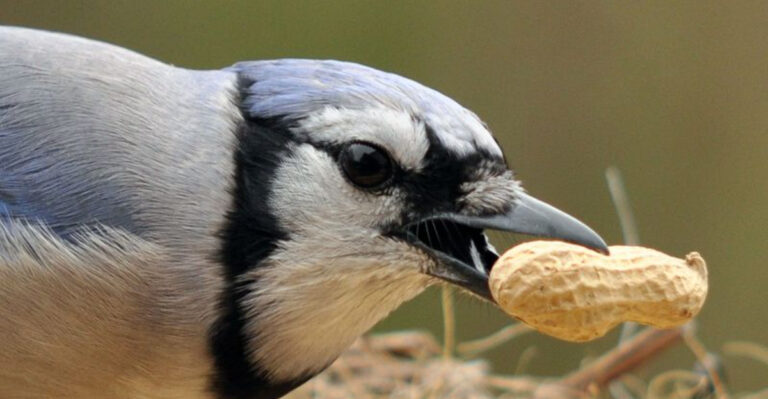28 Fascinating Animal Traits That Will Amaze You
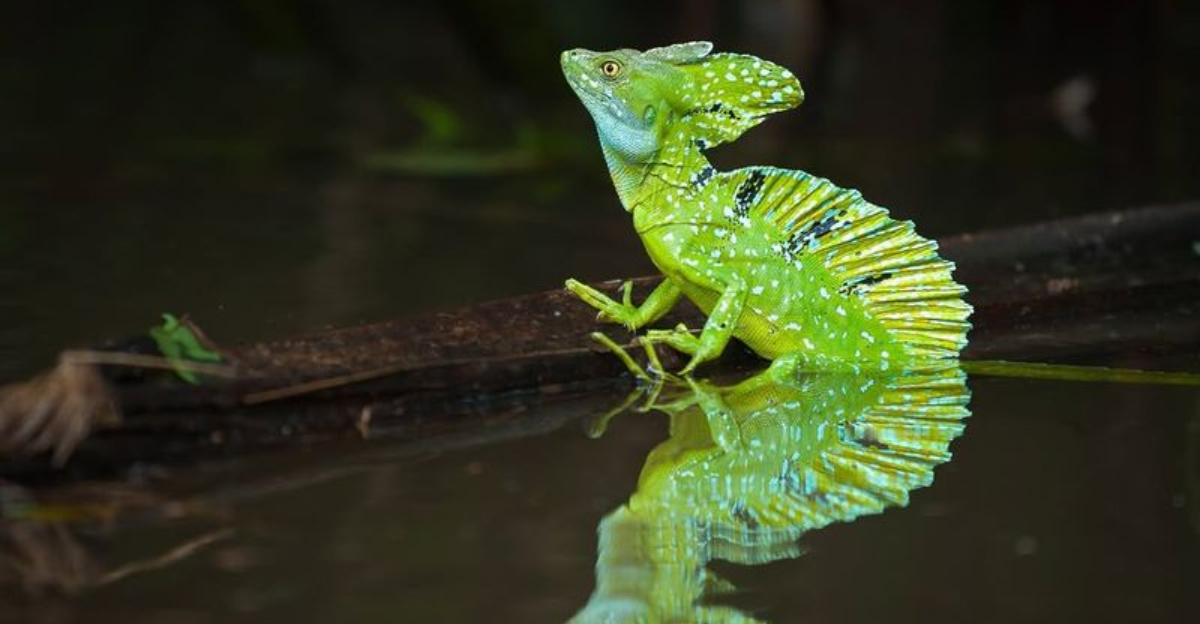
Explore the captivating world of animal kingdom where nature exhibits its creative prowess through unique traits that will leave you spellbound.
From the regenerative abilities of the axolotl to the electroreception of the platypus, each creature you encounter will showcase a remarkable adaptation.
1. Axolotl
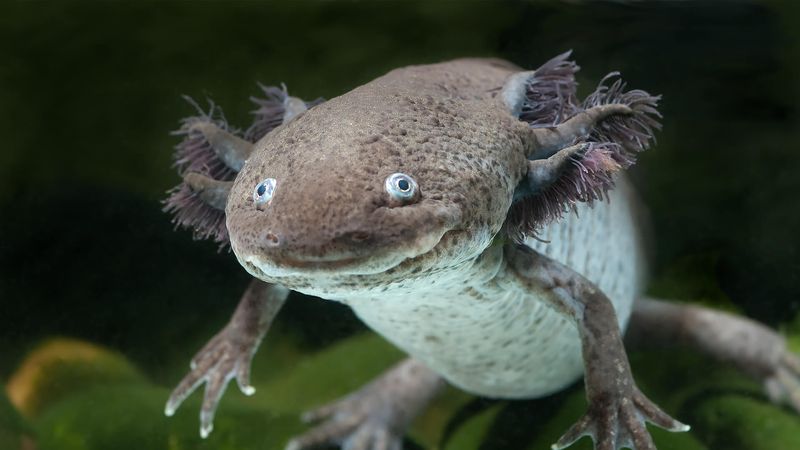
In a world teeming with fascinating creatures, the axolotl might just take the crown for the most extraordinary.
This amphibian doesn’t just heal wounds; it regrows bones, muscles, and nerves! Imagine being able to regrow a limb or even parts of your spine.
The axolotl achieves this with ease, turning scientists’ heads worldwide. This ability has sparked medical research curiosity, with hopes to unlock similar regenerative potentials in humans.
It’s a living testament to nature’s incredible engineering.
2. Platypus
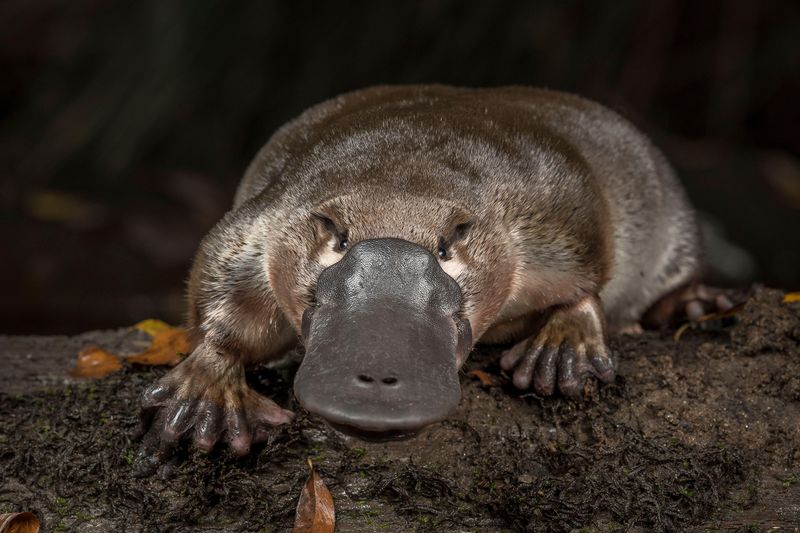
The platypus, an oddball in the animal kingdom, is a creature like no other. Equipped with electroreception, it hunts underwater by detecting the faint electrical signals emitted by its prey.
This remarkable power, housed in its duck-bill, allows it to forage with eyes, ears, and nostrils closed. The platypus is one of the few mammals that lay eggs, adding to its unique characteristics.
This creature’s peculiarities remind us of the diverse evolutionary paths life can take.
3. Mimic Octopus
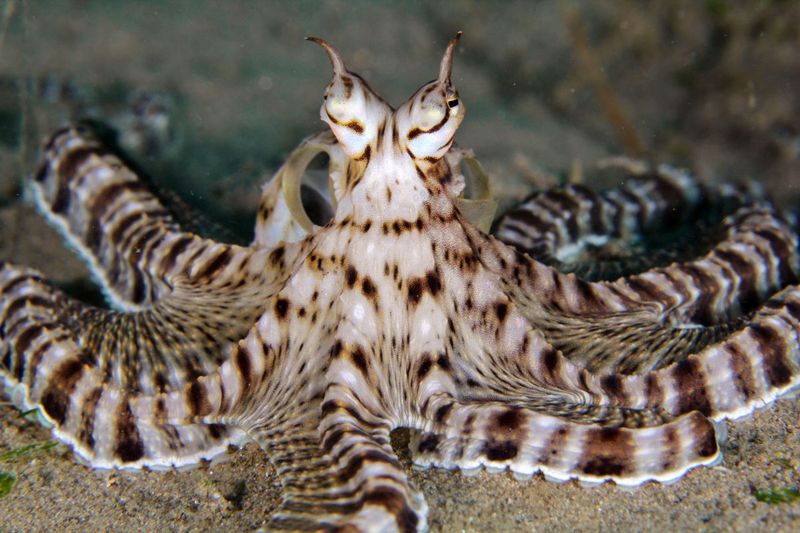
Deep in the ocean, where survival depends on cunning, the mimic octopus reigns supreme. This intelligent mollusk can transform its shape, color, and behavior to imitate other sea creatures like lionfish or flatfish.
Such mimicry confounds predators and prey alike, offering an advantage in the survival game. Its shape-shifting prowess showcases not only adaptability but also a certain flair for theatricality.
It’s nature’s own master of disguise, leaving us both baffled and fascinated by its antics.
4. Tardigrade
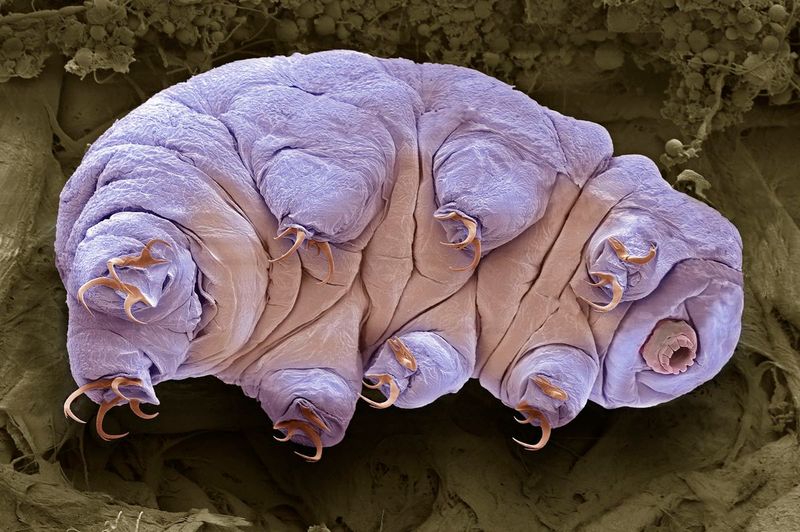
Tardigrades, also known as water bears, are microscopic marvels that defy the odds of survival.
These resilient creatures can endure the most extreme environments, including the vacuum of space, intense radiation, and freezing temperatures.
Their secret lies in their ability to enter a state of cryptobiosis, halting all metabolic processes. This near-indestructibility has earned them the title of one of the toughest organisms on Earth.
Tardigrades remind us of nature’s potential for resilience, thriving where others would perish.
5. Narwhal
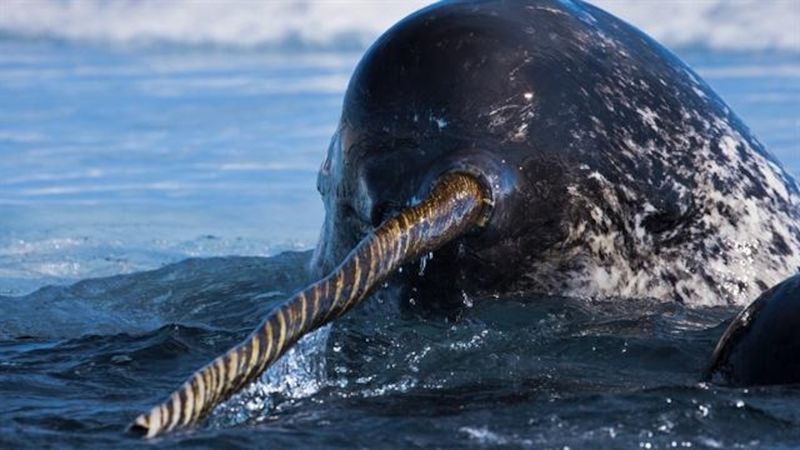
The narwhal, often called the unicorn of the sea, is famed for its spectacular tusk. Contrary to popular belief, this tusk isn’t just for show; it’s a sensory organ filled with nerve endings.
Narwhals use it to detect subtle changes in their environment, such as water temperature and salinity. This tool is crucial for survival in the harsh, icy waters of the Arctic.
The narwhal’s tusk symbolizes the intersection of beauty and utility in nature’s design.
6. Bombardier Beetle
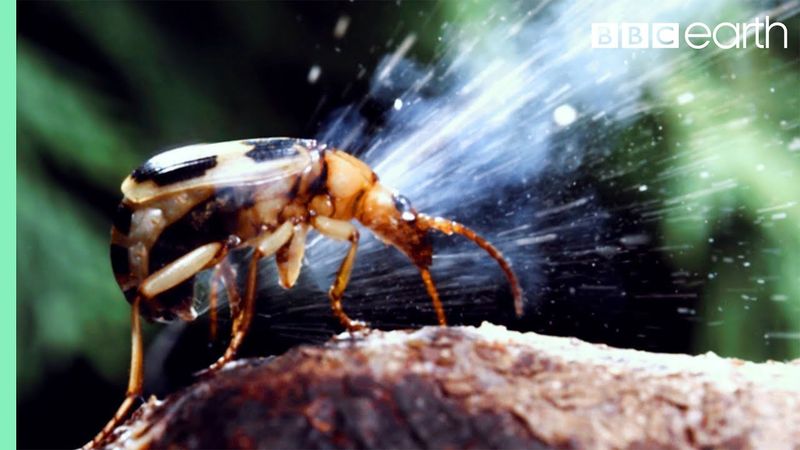
In the world of insects, the bombardier beetle stands out with a bang. This small beetle defends itself by ejecting a boiling chemical spray from its abdomen, creating a mini-explosion.
The beetle’s unique defense mechanism involves a sophisticated chemical reaction, heating the liquid to near-boiling point before release.
It’s a natural example of chemical warfare, warding off predators effectively. The bombardier beetle is a testament to the diverse strategies life employs to survive and protect itself.
7. Lyrebird
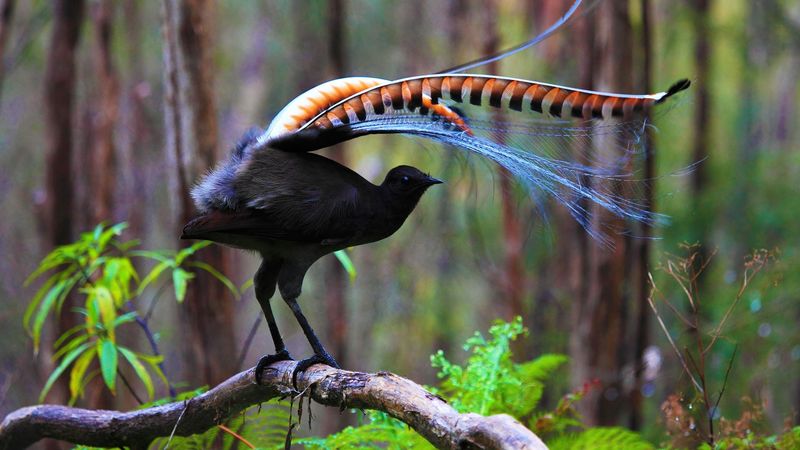
The lyrebird takes center stage in the avian world with its extraordinary vocal mimicry. This talented bird can imitate a wide array of sounds, from camera shutters to chainsaws, and even other bird calls.
Such mimicry serves various purposes, from attracting mates to confusing predators. Its vocal repertoire showcases the versatility and intelligence of bird communication.
With its striking lyre-shaped tail feathers, the lyrebird is not just a beautiful face; it’s a master of sound and illusion.
8. Pistol Shrimp
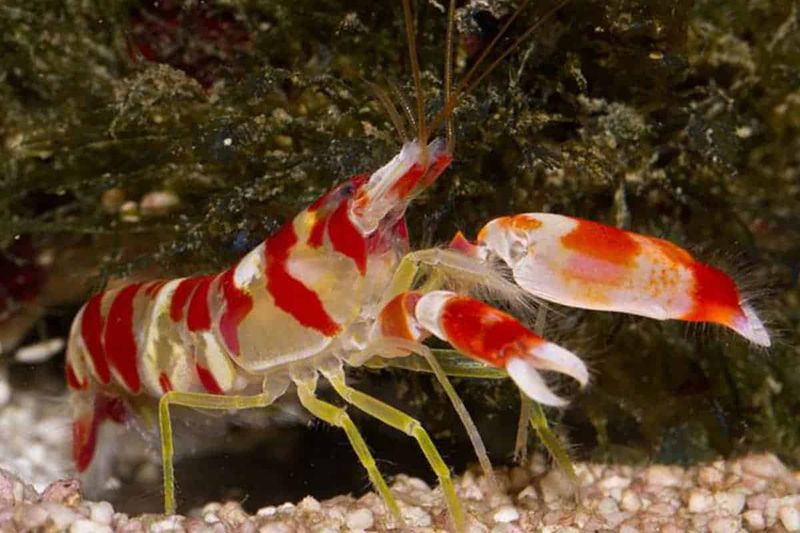
Within the ocean’s depths, the pistol shrimp packs a punch that belies its size. This tiny crustacean wields a specialized claw that snaps shut with incredible force, generating a cavitation bubble.
The resulting sonic boom stuns unsuspecting prey, making hunting a breeze. It’s one of the loudest underwater sounds, rivaling even a gunshot.
The pistol shrimp’s unique hunting strategy highlights the inventive ways marine life adapts to capture food and evade predators.
9. Immortal Jellyfish
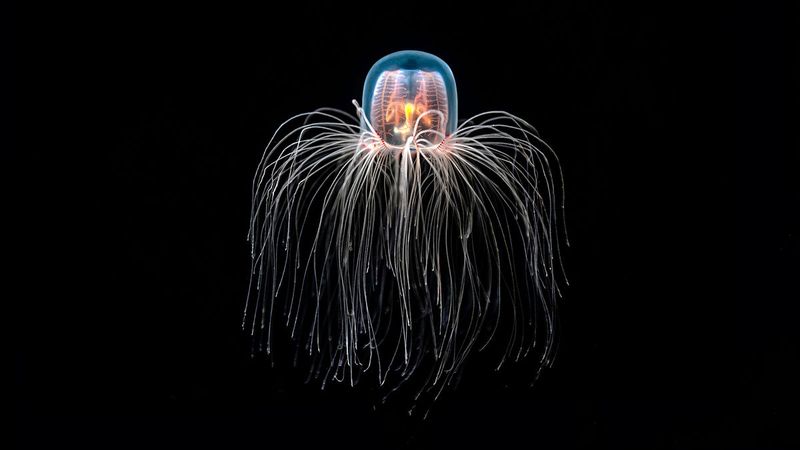
The immortal jellyfish defies the aging process in a way that seems almost magical. This small creature can revert to its juvenile form after reaching maturity, essentially resetting its life cycle.
Through transdifferentiation, its cells transform to a younger state, offering a glimpse into potential anti-aging secrets. While not truly immortal, this jellyfish’s ability to cheat death is rare in the natural world.
It sparks curiosity and hope for breakthroughs in age-related research.
10. Komodo Dragon
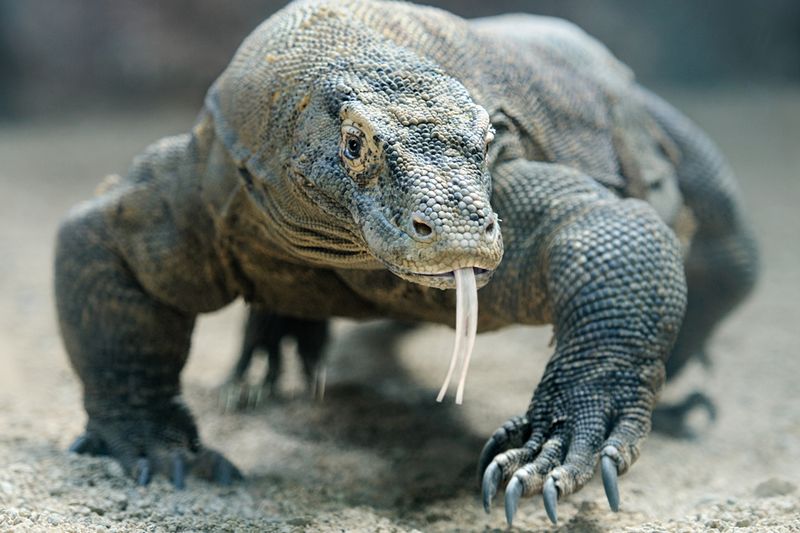
The Komodo dragon, a living relic of prehistoric times, commands attention with its formidable presence.
Beyond its size and strength, it possesses a venomous bite, using venom to subdue prey alongside its raw physical power.
This apex predator’s hunting strategy involves patience and precision, striking fear into the hearts of creatures within its territory.
11. Leafcutter Ants
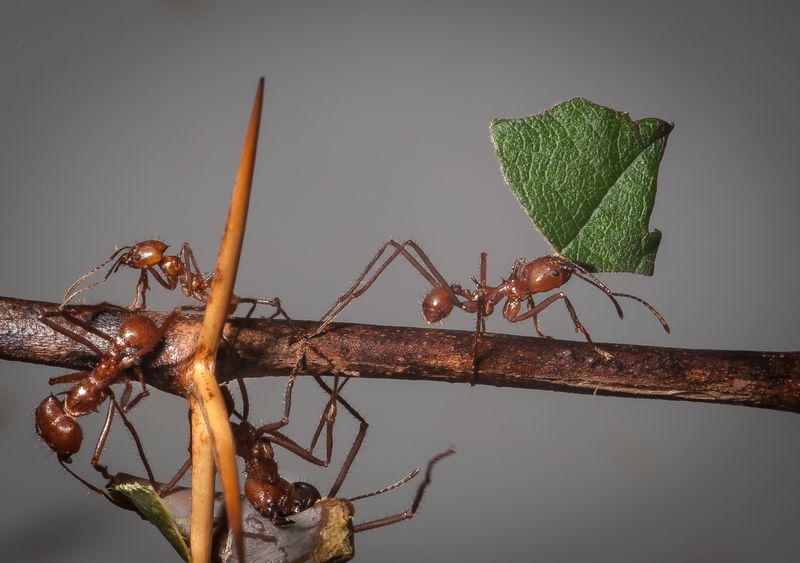
In the bustling world of insects, leafcutter ants are nature’s industrious farmers. These ants meticulously cut and transport leaf fragments back to their colonies, not for consumption, but to cultivate fungus.
This fungus serves as their primary food source, demonstrating a complex symbiotic relationship. Their farming techniques rival agricultural practices, showcasing an advanced level of social organization.
Leafcutter ants exemplify cooperation and innovation, reminding us of the intricate systems that exist within the natural world.
12. Hummingbird
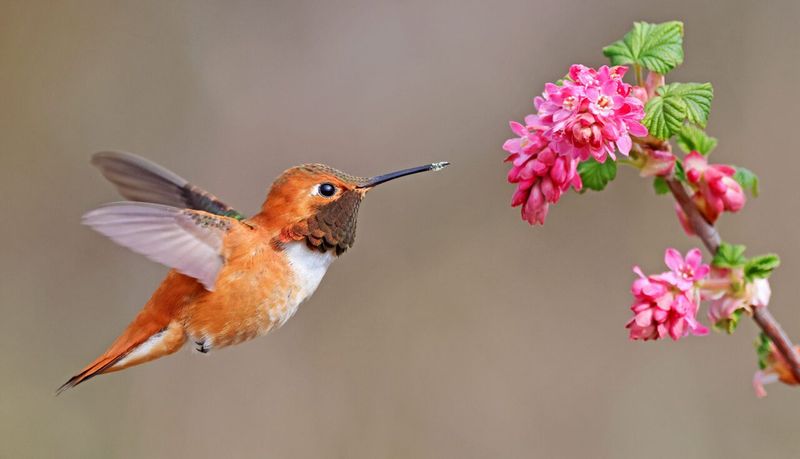
Hummingbirds, with their vibrant plumage and rapid wingbeats, capture the imagination of bird enthusiasts. Known for their ability to hover and fly in any direction, they exhibit unparalleled maneuverability.
This agility allows them to access nectar from flowers with precision. Their high metabolism supports rapid wing movement, a testament to their evolutionary adaptation.
Hummingbirds are more than just decorative; they’re precise flying machines, demonstrating the wonders of avian engineering and the beauty of nature’s design.
13. Ostrich
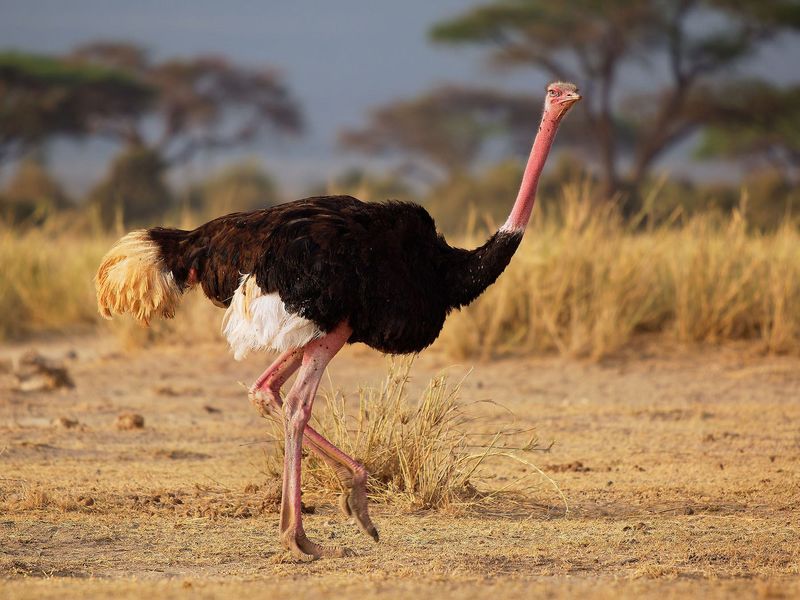
The ostrich, a true heavyweight in the bird kingdom, is known for its impressive speed and strength. Equipped with powerful legs, it can run at speeds up to 45 mph, outpacing many predators.
These legs also serve as formidable weapons, delivering strong defensive kicks when threatened. Despite being flightless, the ostrich’s adaptations make it a dominant force in its habitat.
This bird’s capabilities are a reminder that nature’s gifts are not solely bound to the skies.
14. Electric Eel
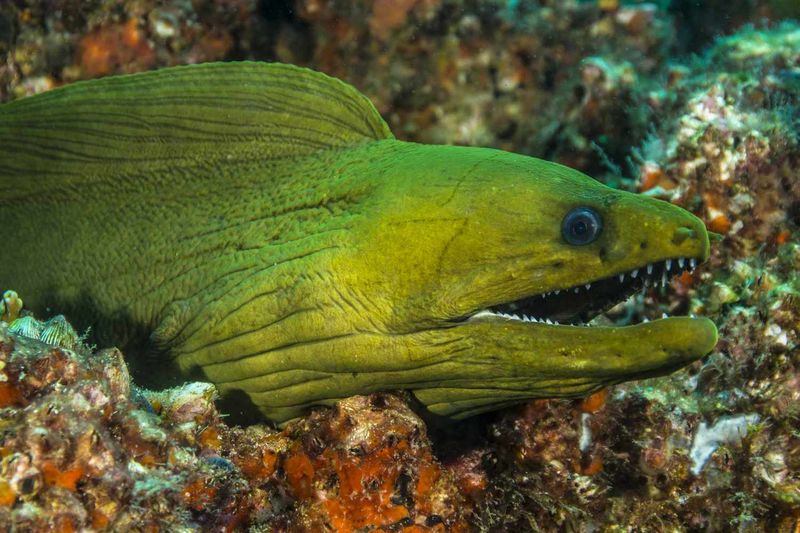
In the murky waters of the Amazon, the electric eel commands respect with its shocking abilities. Capable of generating electric shocks up to 600 volts, it uses this power to hunt and defend itself.
The electric eel’s unique organ structure allows it to produce electricity, stunning prey and dissuading threats.
This extraordinary adaptation highlights the diverse ways aquatic creatures have evolved to survive. The electric eel remains a shocking reminder of nature’s creativity and power.
15. Chameleon
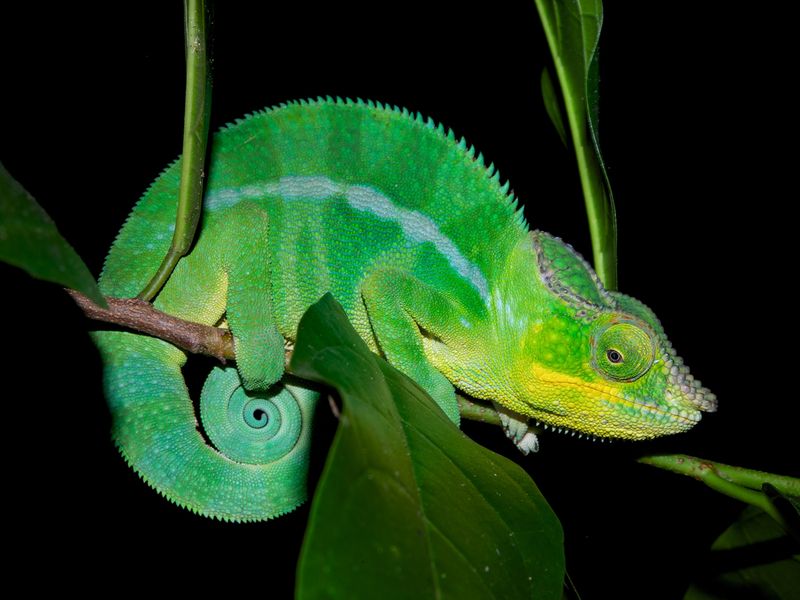
Chameleons are the color-changing artists of the reptile world, renowned for their ability to adapt their appearance.
This ability is not just for camouflage; it’s also a form of communication and temperature regulation. By altering the structure of their skin cells, they achieve a wide range of colors.
Chameleons showcase the intricate relationship between physiology and environment, using their unique talents to survive and communicate. These lizards remind us of nature’s palette, ever-changing and vibrant.
16. Archerfish
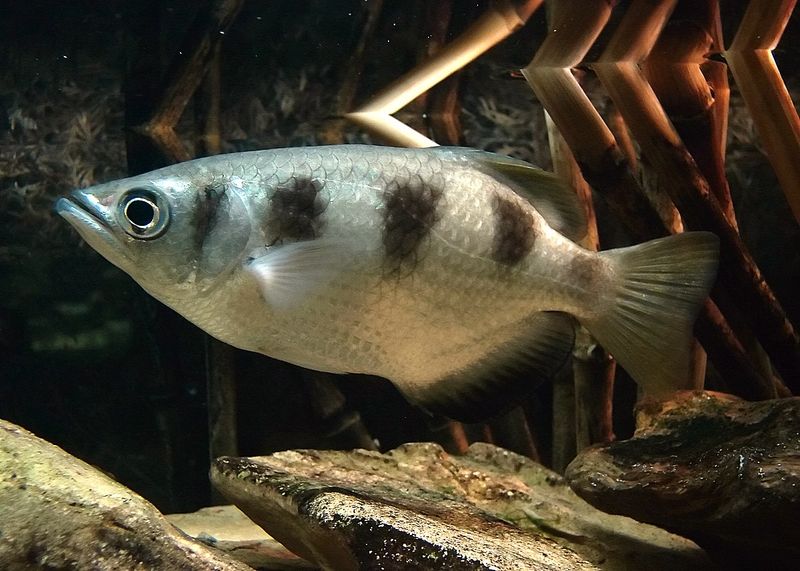
The archerfish, a marksman of the aquatic world, is renowned for its precise hunting technique. By shooting jets of water, it knocks insects out of overhanging branches with remarkable accuracy.
This skill requires perfect timing and aim, demonstrating an advanced level of coordination. The archerfish’s unique hunting method highlights the diverse strategies aquatic creatures employ to feed.
Its precision and skill are a testament to the adaptability and resourcefulness found in nature’s arsenal.
17. Penguin
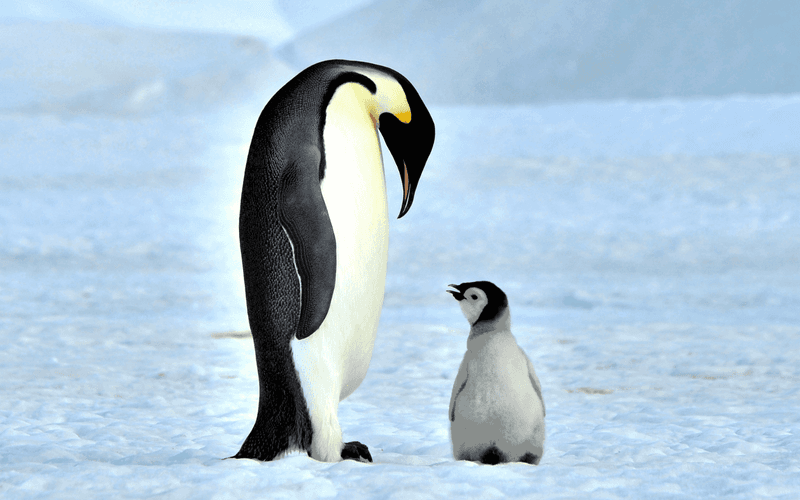
In the icy realms where penguins reign, they’re celebrated for their graceful “underwater flight.” These birds may not soar in the skies, but they glide effortlessly through the water.
Using their flipper-like wings, penguins propel themselves with speed and agility, often evoking imagery of ballet dancers. Their adaptations highlight the importance of specialization within animal evolution.
Penguins remind us that flight comes in many forms, proving nature’s talent for reinventing the rules of movement.
18. Treehopper
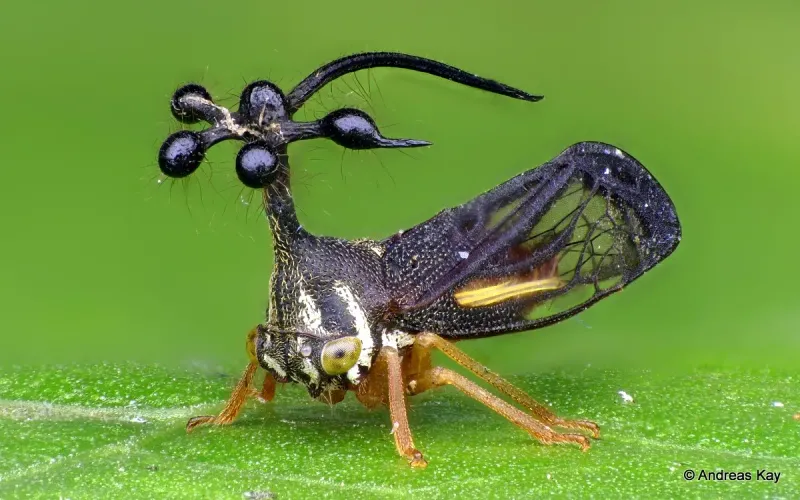
Treehoppers, with their bizarre helmet-like structures, are true wonders of entomology. These structures, often resembling thorns or other plant parts, serve as camouflage and protection.
By blending into their surroundings, treehoppers evade predators while also gaining a distinctive appearance.
These insects exemplify nature’s ability to innovate through adaptation, using mimicry for survival.
19. Mantis Shrimp
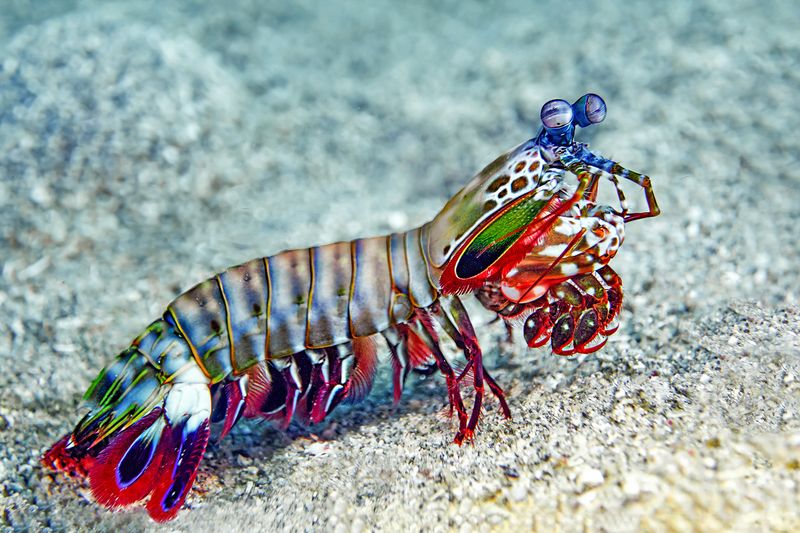
The mantis shrimp, a colorful marine crustacean, is renowned for its formidable punch. This punch, delivered with lightning speed, can break glass and stun prey.
The mantis shrimp’s specialized club-like appendages are a marvel of biological engineering, allowing it to capture prey efficiently. Its powerful strike is one of the fastest movements in the animal kingdom.
The mantis shrimp showcases nature’s creativity, combining beauty and strength in a compact, vibrant package.
20. Fennec Fox
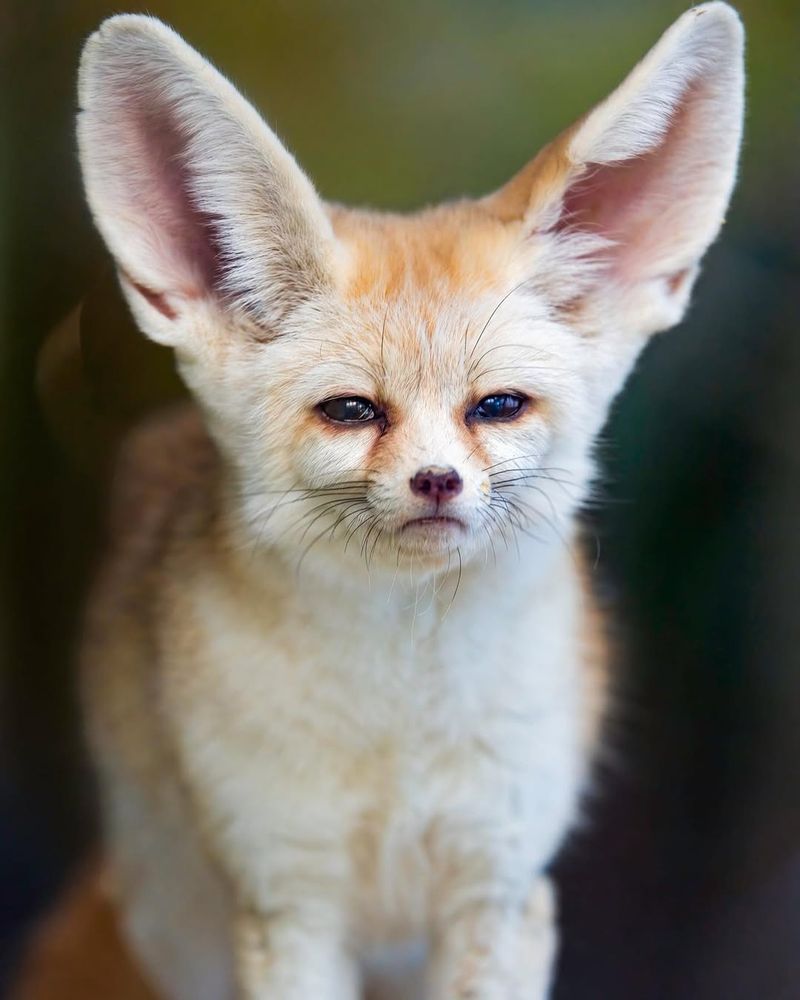
In the stark landscapes of the desert, the fennec fox stands out with its oversized ears and adorable demeanor.
These large ears are more than just cute; they serve a critical function in regulating temperature and enhancing hearing.
The fennec fox’s adaptations allow it to thrive in extreme conditions, showcasing nature’s ingenuity in evolution.
This fox’s combination of charm and survival skills highlights the diverse strategies animals employ to adapt to their environments.
21. Vampire Bat
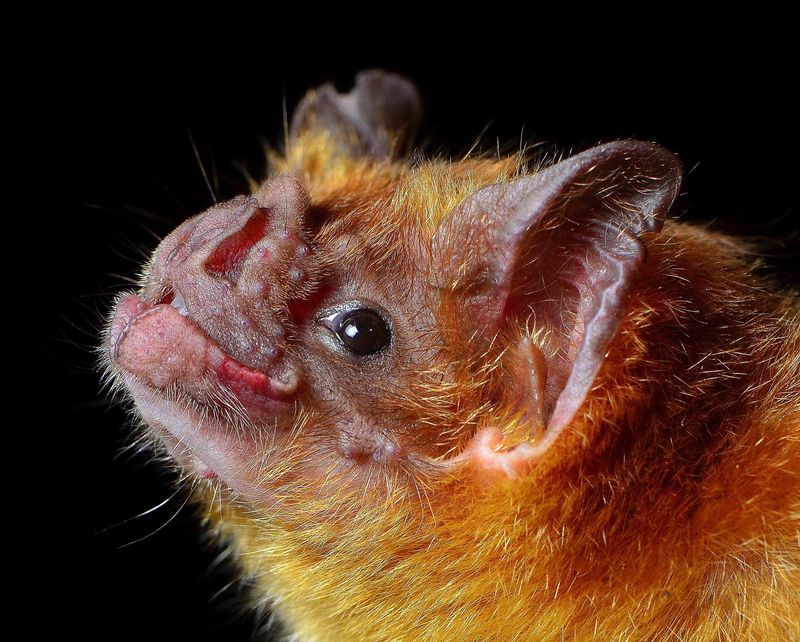
The vampire bat, shrouded in mystery and myth, possesses a unique method of feeding that sets it apart. Using heat sensors on its nose, it precisely locates blood vessels beneath the skin of its prey.
This adaptation allows for efficient feeding without alerting the host. Although its dietary habits are unconventional, vampire bats play a crucial role in their ecosystem.
These nocturnal feeders remind us of the complex relationships within the natural world and the varied niches animals occupy.
22. Okapi

The okapi, often described as a living enigma, is a close relative of the giraffe. Found in the dense rainforests of Central Africa, it boasts zebra-like stripes on its legs and hindquarters.
These stripes serve as effective camouflage, blending seamlessly into the dappled forest light. The okapi’s unique appearance and elusive nature make it a symbol of the hidden wonders within Earth’s ecosystems.
Its presence in the forest is a reminder of the rich biodiversity that thrives away from the public eye.
23. Basilisk Lizard
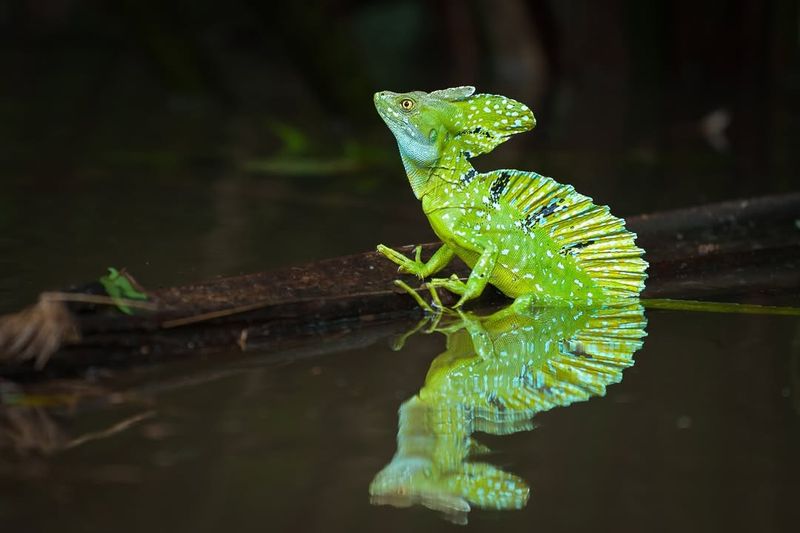
In a feat that seems like pure magic, the basilisk lizard can sprint across water, earning it the nickname “Jesus Christ lizard.”
This ability is not miraculous but rather a result of extraordinary speed and specialized feet. By creating pockets of air, it runs short distances on water, escaping predators.
The basilisk lizard’s talent showcases the blend of speed and adaptation in nature’s toolkit. It’s a reminder that the natural world is full of wonders that defy expectations.
24. Dormouse
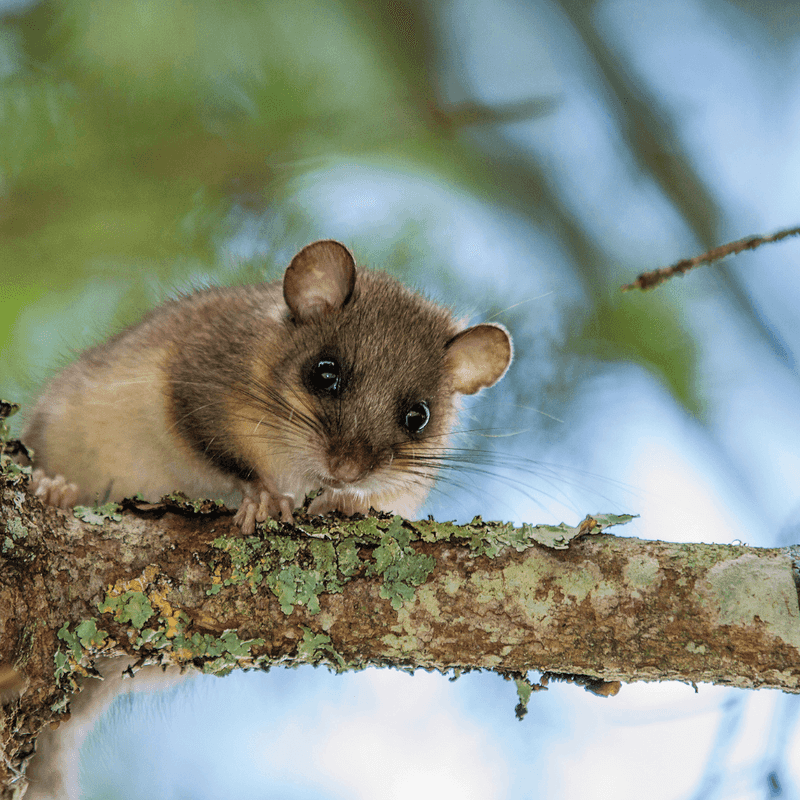
The dormouse, a small rodent with a penchant for sleep, is famous for its lengthy hibernation. Sometimes lasting up to six months, this hibernation helps it conserve energy through harsh seasons.
By slowing its metabolism, the dormouse survives on minimal resources, a strategy key to its survival. This adaptation is a reflection of nature’s ability to evolve mechanisms for energy conservation.
The dormouse’s sleep strategy is a gentle reminder of the various rhythms life adopts to thrive in the wild.
25. Dragonfly
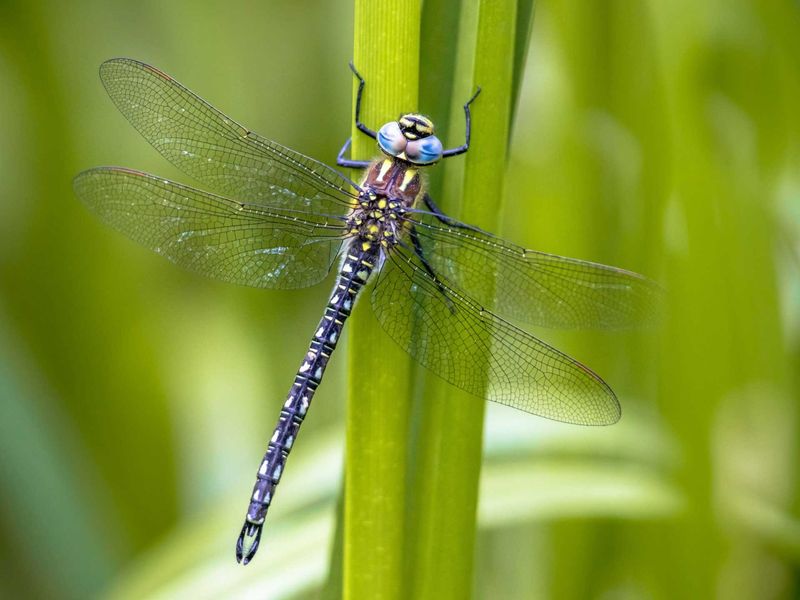
Dragonflies, with their iridescent wings and aerial prowess, are masters of the skies. Capable of flying with extreme precision, they can hover, dart, and even fly backward with ease.
Their compound eyes provide nearly 360-degree vision, making them formidable hunters. This flight ability, coupled with acute vision, defines them as apex aerial predators.
Dragonflies remind us of the elegance and efficiency of nature’s designs, capturing the imagination with their beauty and skill.
26. Cuttlefish
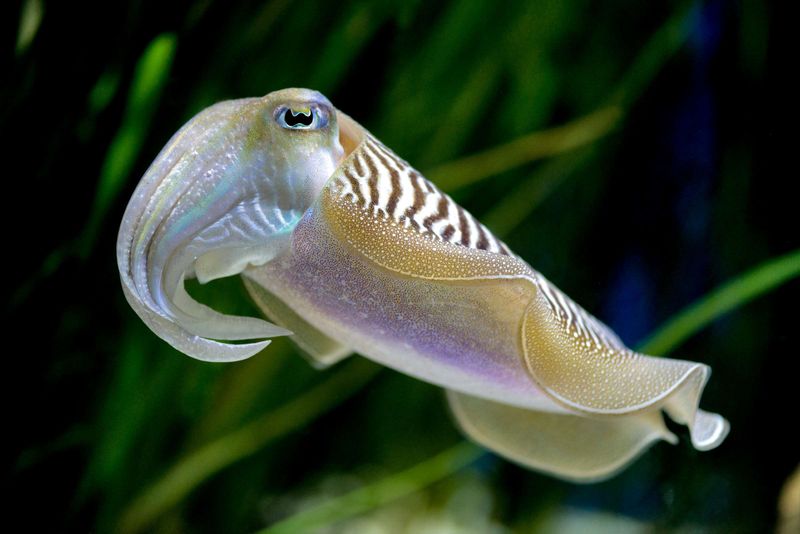
Cuttlefish are the shape-shifting wizards of the sea, renowned for their dynamic camouflage abilities. By altering their skin color and texture, they blend seamlessly into their surroundings.
This mastery of disguise is used for communication, hunting, and avoiding predators. Cuttlefish possess a unique combination of intelligence and adaptability, showcasing the complex strategies marine life employs for survival.
Their capabilities provide a glimpse into the sophisticated world of underwater communication and adaptation.
27. Sloth
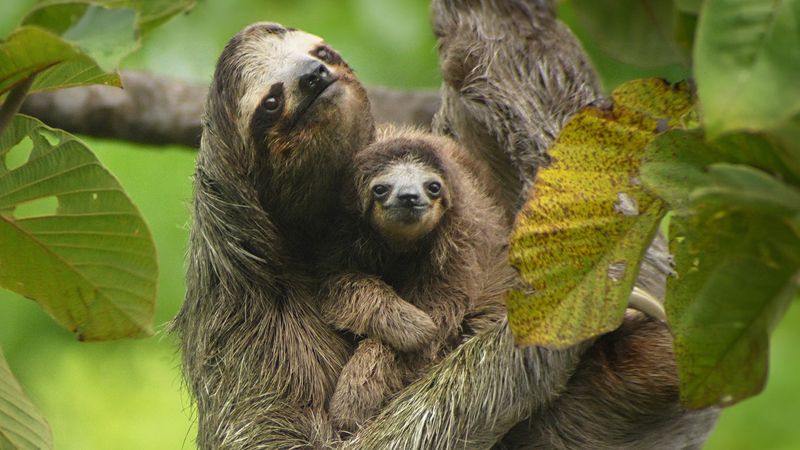
The sloth, an emblem of leisure in the animal kingdom, is celebrated for its slow metabolism. This sluggish pace allows it to survive on a diet of leaves, which are low in energy but abundant.
By conserving energy through reduced movement, sloths minimize their need for food. This adaptation is a clever strategy in an environment where resources may be scarce.
The sloth’s lifestyle is a testament to the diversity of survival tactics in nature, where slow and steady truly wins the race.
28. Honeybee
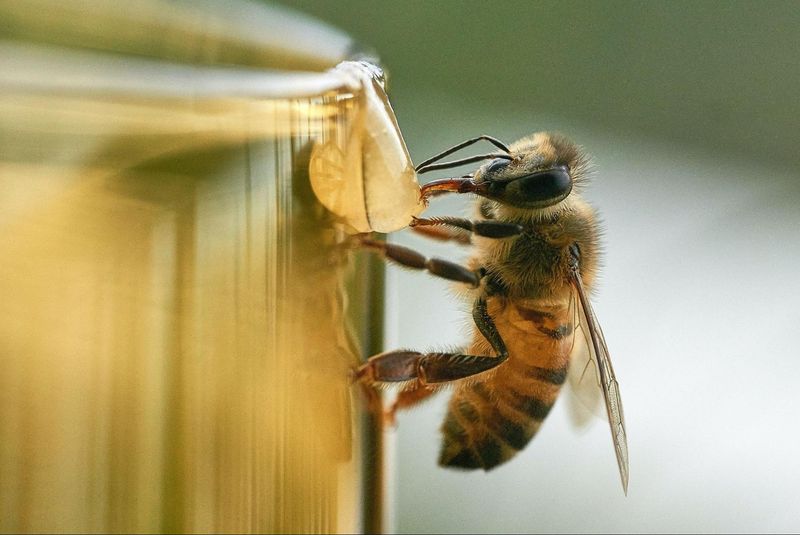
Honeybees, through their remarkable waggle dance, communicate the location of food sources to their hive mates. This dance is a complex form of communication, conveying direction and distance with precision.
It’s an example of sophisticated social behavior in the insect world, showcasing the hive’s cooperative nature.
The honeybee’s dance highlights the importance of communication and teamwork in survival. These tiny creatures remind us that even the smallest of beings can exhibit complex behaviors that rival those of larger animals.

